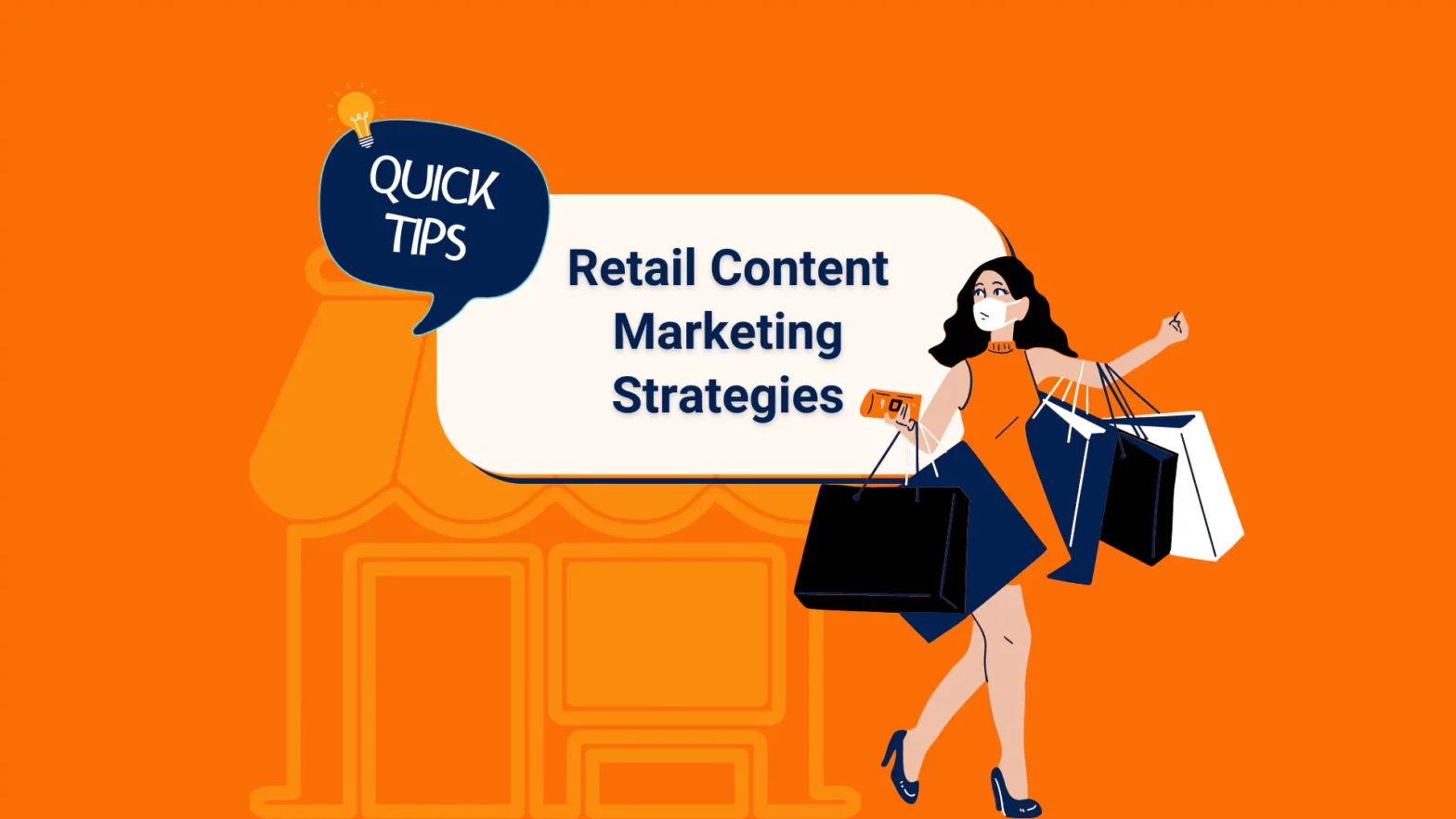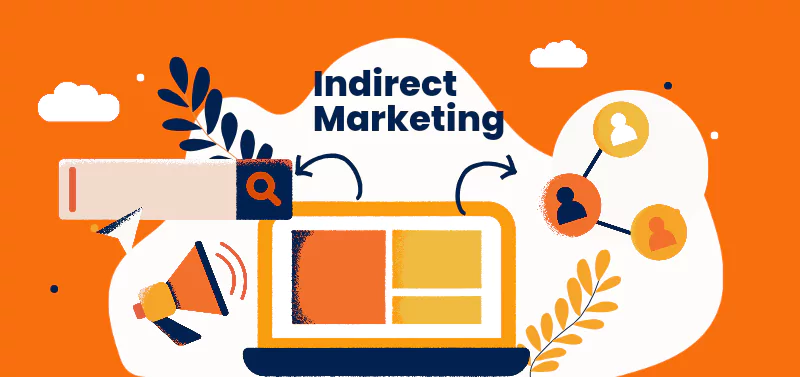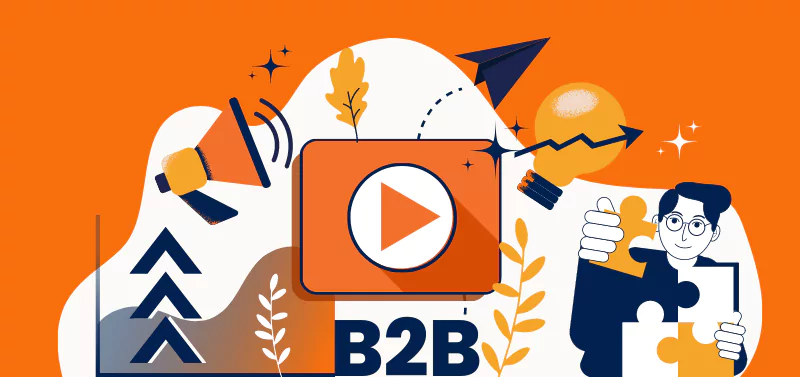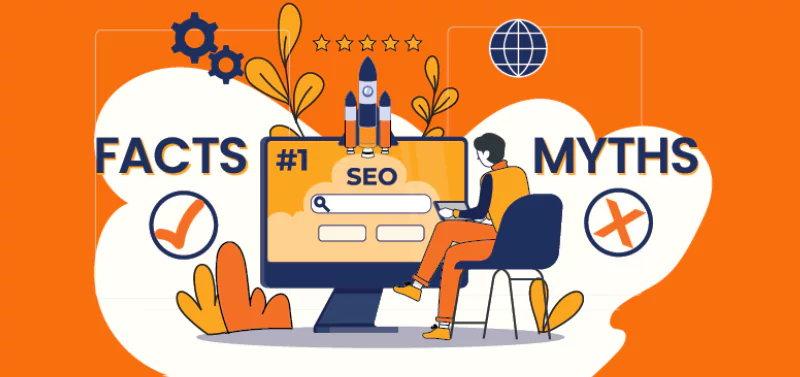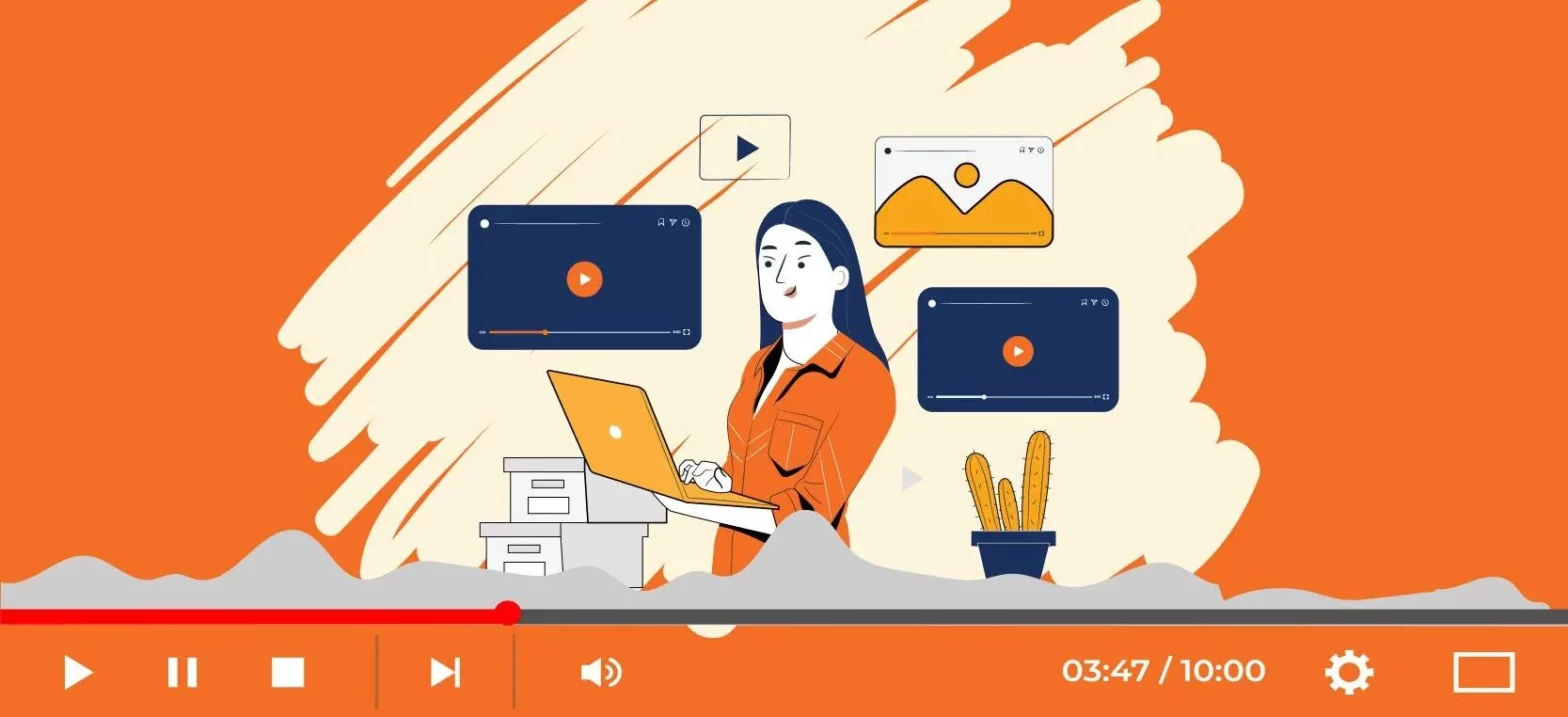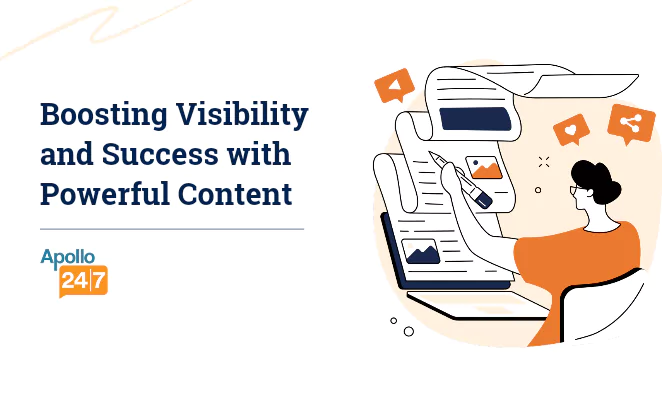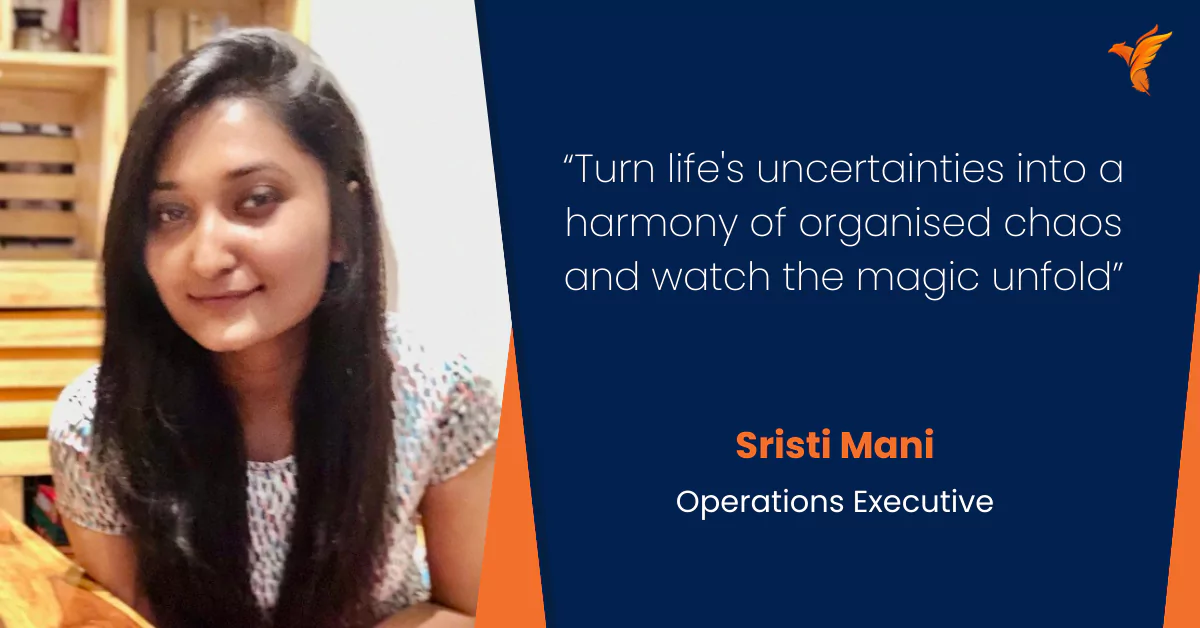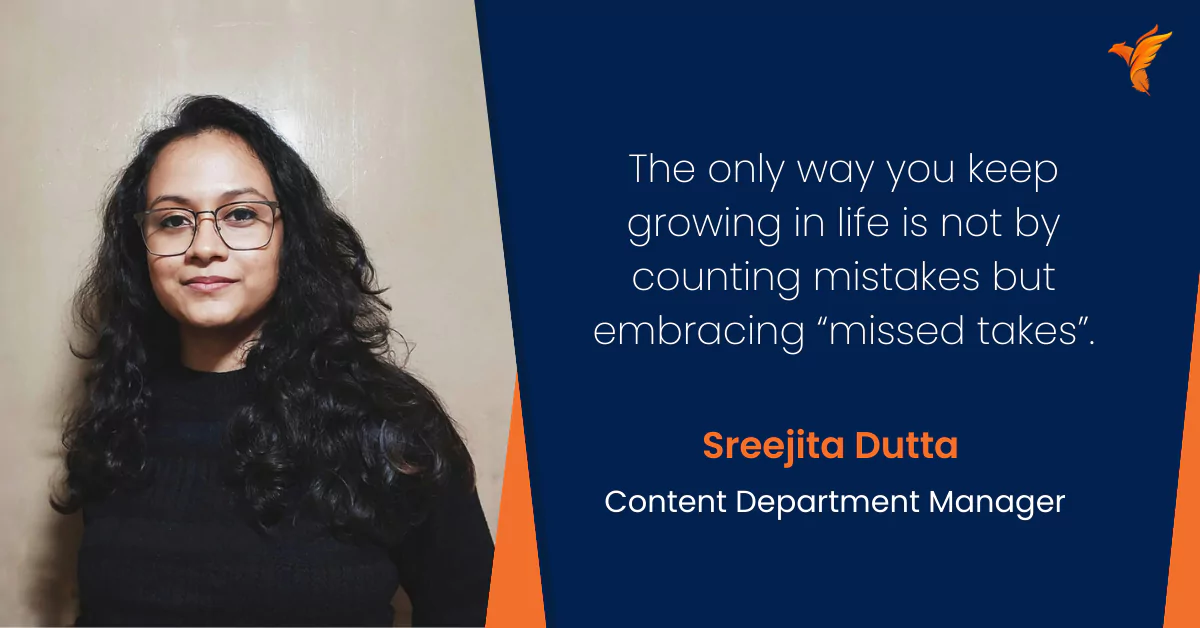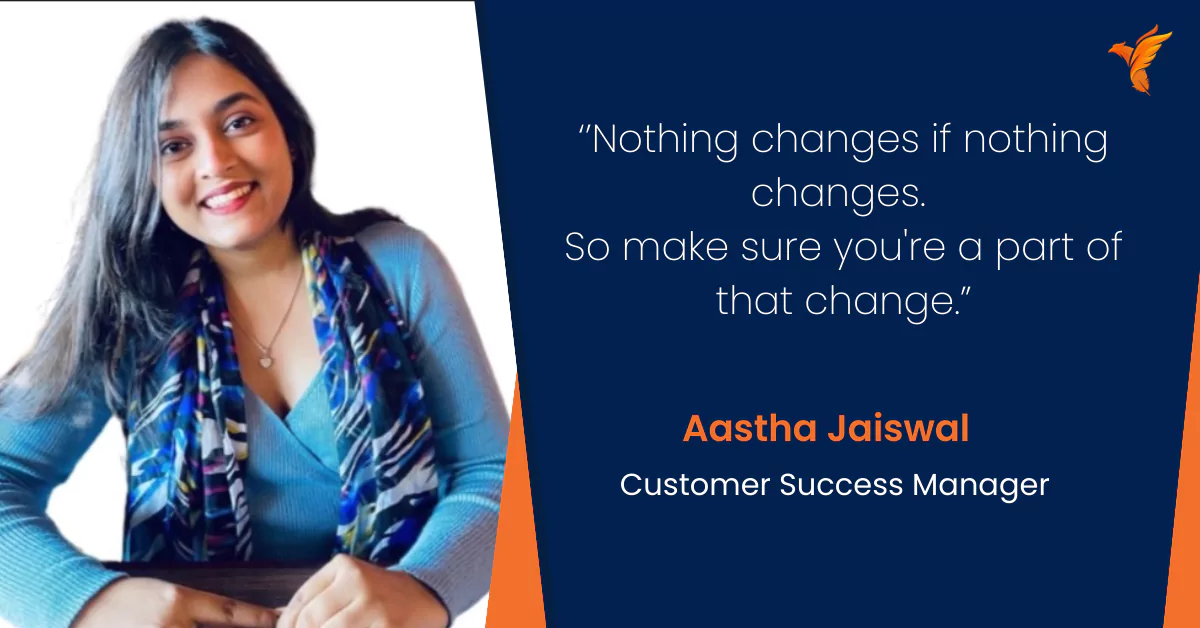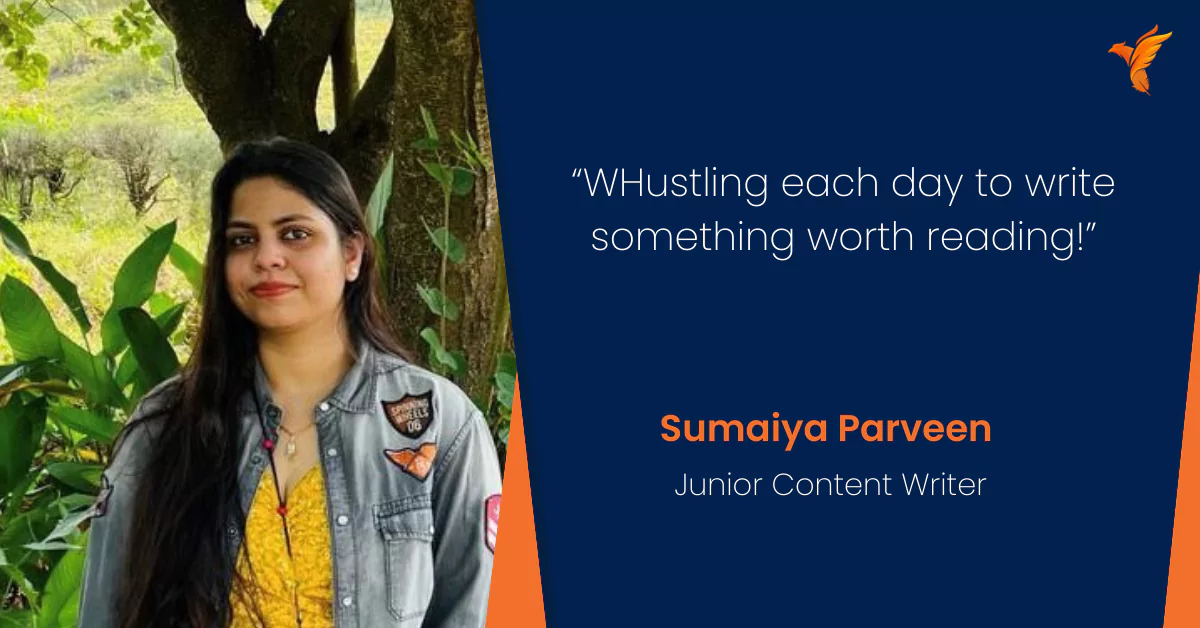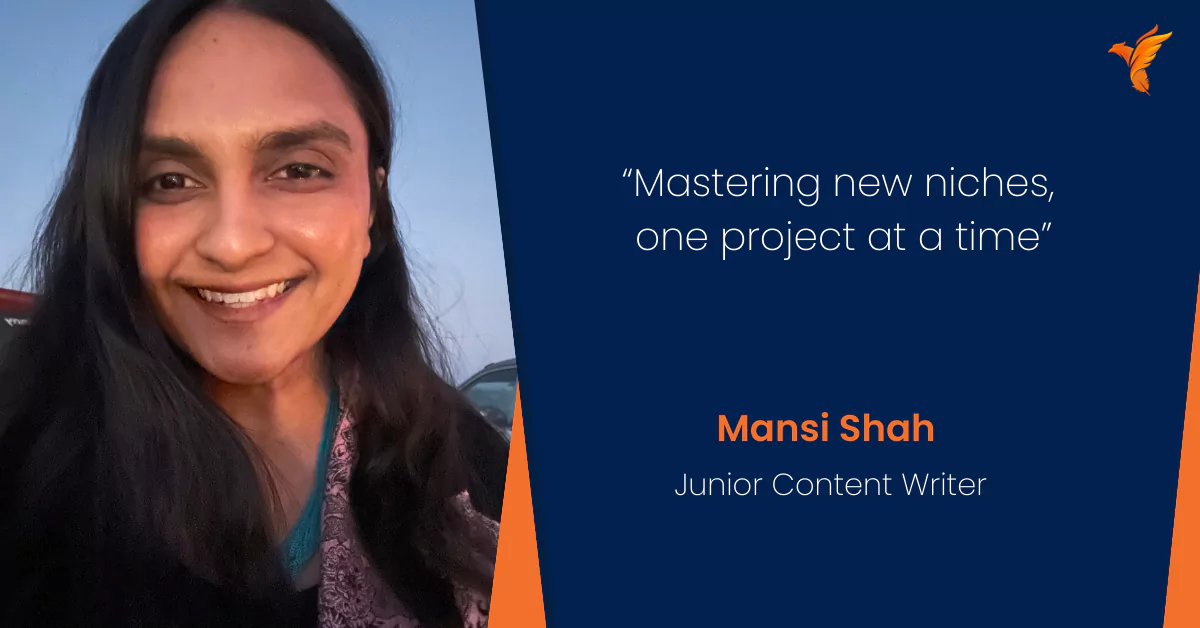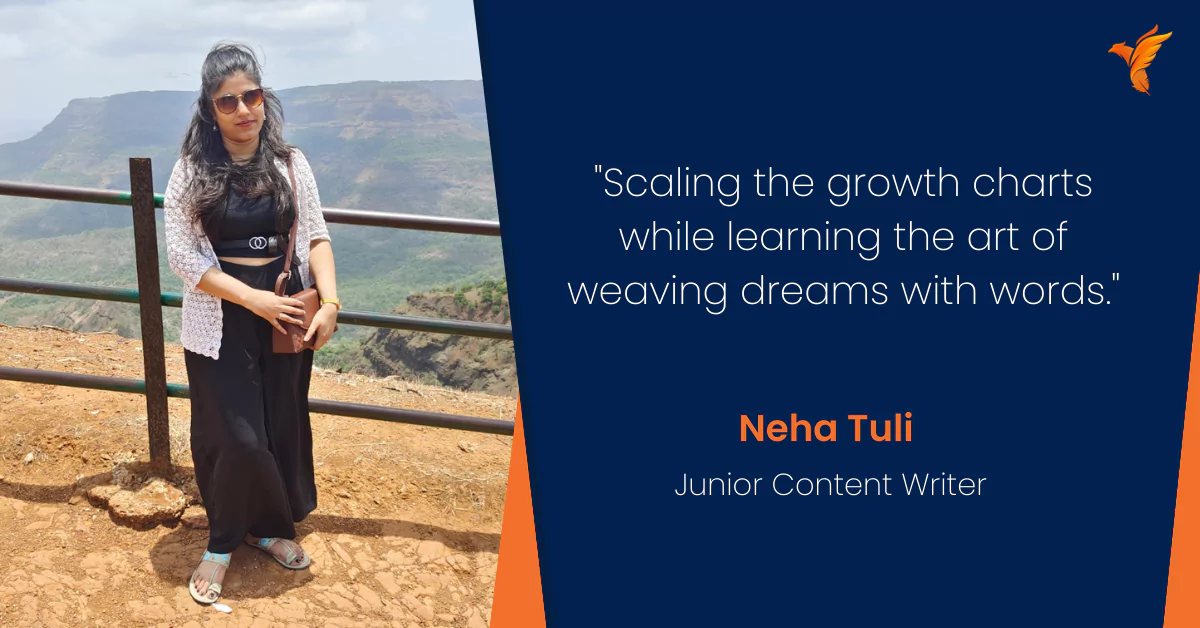7 Tips to Develop an Effective Content Distribution Strategy in 2024
Author: Team WH
Published On: 21-06-23
Last Updated on: 29-12-23
Estimated reading time: 9 minutes
You could be producing an endless stream of high-quality content but still may not be getting the right traffic.
This happens because producing content alone is not enough. With an average user spending only 37 seconds on a piece of content, it is vital to have a B2B content distribution strategy in place. A proper system helps your target audience spot you in a sea of content and encourages them to interact with your brand.
This article explores the tips and tricks to build a reliable content channel distribution strategy. With this, you can effectively promote your content to maximise your reach and build brand recognition.
What is Content Distribution Strategy and Why is It Important?
A content distribution strategy helps you stand out in a sea of content by providing accurate content placement among various content distribution channels.
It’s a plan for how to share, promote, and disseminate content to reach the intended audience effectively. It encompasses various channels and platforms, including social media, email marketing, blogs, paid advertising, and more. The strategy involves not just the distribution but also the timing, format, and targeting of content to maximize its impact.
To distribute your content effectively, you must define which platforms to choose, what type of content to promote, and what KPIs to target.
In today’s digital age, creating great content isn’t enough; it’s equally crucial to ensure that this content reaches and engages your target audience. A well-executed strategy boosts visibility, drives traffic, and enhances brand awareness.
It ensures that your content works hard for you, reaching potential customers and influencing their decision-making process. An effective content distribution strategy is key to maximizing the return on investment of your content creation efforts, making it an essential component of modern digital marketing.
Read on to learn how to develop an action-packed strategy to share your content in 2024.
7 Tips to Develop an Effective Content Distribution Strategy
A strong content distribution network needs a multi-layered process so your content can bring you hot leads and build a reputation. Here are 7 tips for building a winning content distribution framework.
Conduct Strong Audience Research
To decide where you want to put your content, you first need to know whom it needs to reach. Placing your content in front of the right audience is a crucial step in a content marketing strategy.
Analyse your current audience and look at their gender, income, location, age, education, and other categories. You can gather this data from Google Analytics or other preferred social media analytic tools. Furthermore, you can also use data such as customer surveys and market research to know your audience better.
Knowing your target audience’s persona and establishing their pain points, preferences, and online behaviour play a significant role in building a distribution strategy.
Have Clearly Defined Goals and KPIs
Leads, brand recognition or customer retention – what is your content aimed at?
Knowing your audience and creating content for them is not enough. Before you start your content creation process, knowing your end goal is important. This will help you stay on track and stray clear of distractions while generating and analysing your content.
Determine your KPIs (key performance indicators) and a clear set of goals to ensure you stay on the path right for you. These goals will help you choose the metrics you need to monitor the success of your content marketing strategy.
Pick Relevant Content Distribution Channels
Finding a balance between paid content distribution and organic content distribution is vital for maximising your content reach. You should select social media channels that align with your end goals and target outcome.
Let us look at some content distribution platform examples and how they can fit your goals.
Organic content channels like email marketing, blog posts and direct messaging can be used to convert readers into leads and customers. They are a great way to bring customers in and showcase how your service/product can help them.
On the other hand, promoting your content on social media platforms helps build relevancy. Platforms like LinkedIn, Instagram, Quora or Medium can place your brand as an industry expert and build your audience’s confidence in your content.
Earned content distribution takes the form of social proof, such as word-of-mouth advertising, customer reviews, press reviews and social shares. They are vital to assess your audiences’ faith in your brand and how you can leverage it.
Optimise your Content for The Right Channels
The number of blogs published per day on the internet is 7.5 million. How? Because blog posts are the most common thing that comes to mind when you think about content.
But did you know that posting just blogs or long-form articles can actually hinder your marketing potential? Diversifying your content according to the platform you are on helps you target a specific user base and hold your audience’s attention.
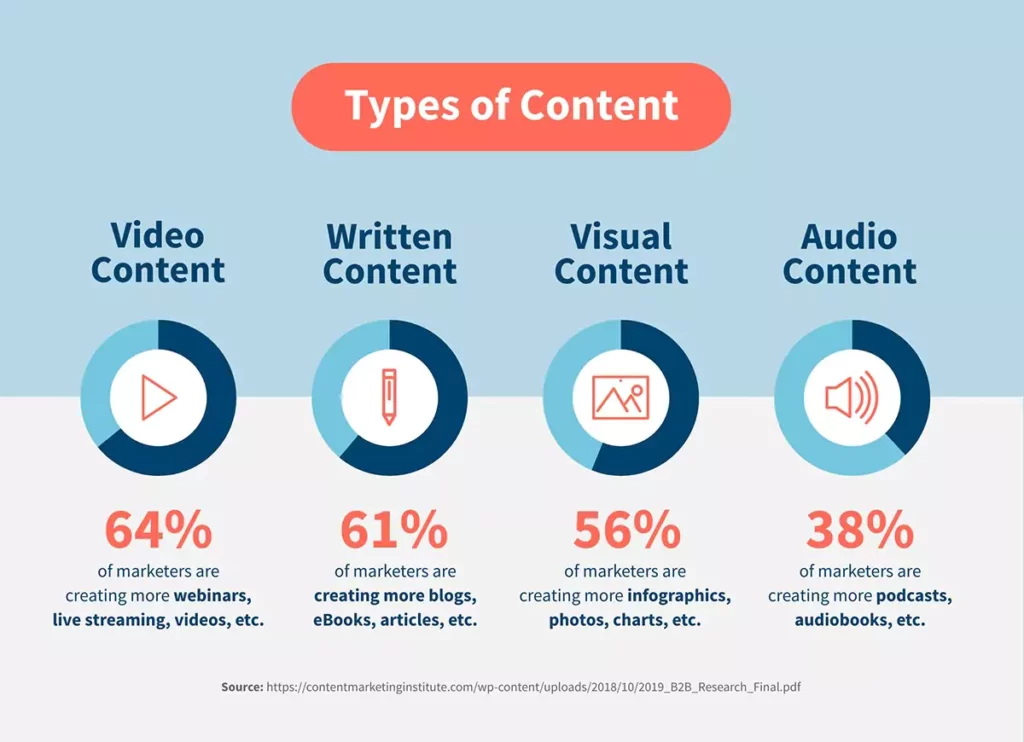
Creating carousels, videos, infographics, case studies, and other content media can help you simplify your message and post the right content on the right channels.
Tweak your Marketing Message
Your marketing message’s success depends on how you convey it. Marketers often focus too much on what their message should say but neglect how it should be conveyed.
Consider how your message will affect the current trends in your niche, and take note of your audience demographic for that particular channel. Tweak your message in terms of that platform’s guidelines and language but make sure your brand voice is consistent throughout.
Track and Analyse Your Performance
This is the most crucial step that reflects the performance of your B2B content distribution strategy. You can use Google Analytics, Search Console, and inbuilt social and email platform analytics to track, report and further tweak your content distribution performance.
This data provides insights into what resonates with your audience and what doesn’t. Regular analysis helps in fine-tuning your strategy, ensuring that your content not only reaches the right audience but also drives the desired action. Additionally, understanding audience behavior and preferences enables more personalized and impactful future content.
Utilize Email Marketing to Amplify Reach
Don’t underestimate the power of email marketing in your B2B content distribution strategy. It’s a direct line to your audience, offering personalized and targeted communication. The beauty of email marketing lies in its ability to deliver your content straight to the inboxes of those who are already interested in your brand.
To harness this effectively, segment your email list based on user behavior and preferences. This allows you to tailor your content to suit different audience segments, increasing relevance and engagement. Also, consider timing and frequency to avoid overwhelming your subscribers.
Moreover, craft compelling subject lines and use a mix of content types, like videos, blogs, or infographics, to keep your emails engaging. A well-executed email campaign can drive traffic back to your website and boost overall engagement with your content.
How to Refine Your Content Distribution Strategy in 3 Steps?
Do you already have a B2B content distribution strategy in place which is not performing well? Here are 3 actionable steps you can use to refine your content distribution framework.
Analyse Existing Content
To change your content distribution strategy, you must first identify weak points or gaps in your current strategy. Gather data such as time spent on content creation, what content derives more engagement, what content does not get enough engagement, and what social media platform isn’t working but costs more.
You must then analyse this data to find a strategy that works for you. Furthermore, you can also outsource your content creation to better focus on a distribution strategy.
Strategise for Better Optimisation and Distribution
After analysing your data, start strategising for a plan that works for you. Adjust all your content creation according to your current goals and introduce the latest content guidelines.
To put strategising into effect, starting with your owned platforms like your webpage and email lists is best. Ask yourself some constructive questions about your audience’s preferences. Does your audience better engage with written content, visual graphics or videos? Are there areas where you spend a lot of money and effort but your audience does not engage?
Based on these findings, tweak your existing content and repurpose material across social media platforms.
Adjust for Effective Results
Simply identifying and implementing your ideas is not enough. Tracking your KPIs about your goals and constantly adjusting them to achieve the right results is important. Always test the strategy and keep an eye on the performance numbers.
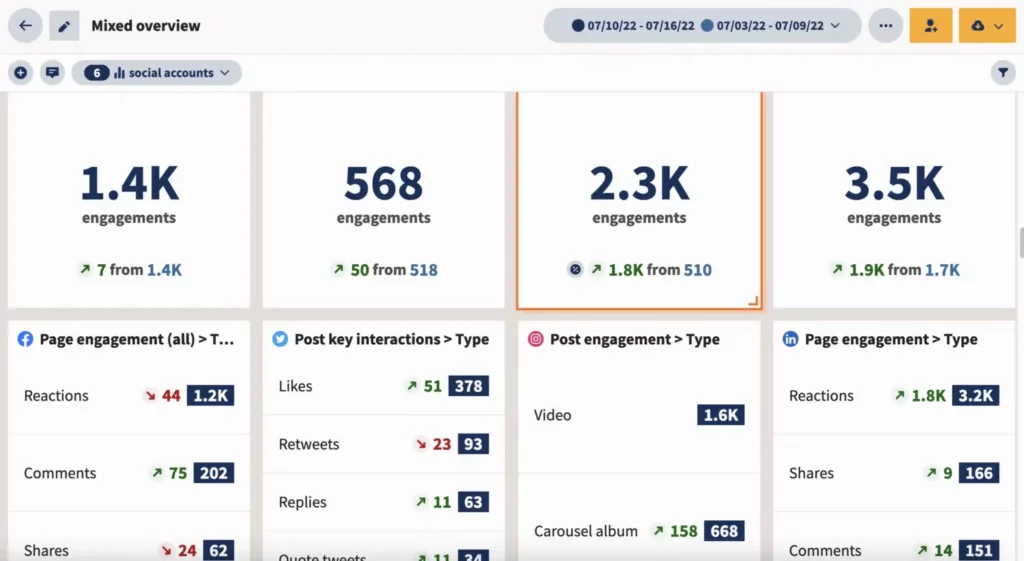
Give your new distribution strategy some time to work before deciding to change it but never stop adjusting it.
With constant performance updates, your entire content marketing process can be more streamlined and effective. Don’t be afraid to experiment with new approaches and channels now and again.
Wrapping Up
Content distribution strategy is an essential aspect every marketing team should focus on. With the right content distribution framework, you can maximise the reach of your content leading to better ROI, brand recognition and conversion leads. Be open to experimentation with your content and riding the social media wave while being true to your brand’s voice.
People Also Ask
1. What are the most popular types of content distribution strategies with examples?
There are three most popular content distribution categories:
Owned Distribution: Your blog posts, email strategies and web page that you own and control
Earned Distribution: Word-of-mouth promotion and social proofs like customer reviews and social shares
Paid Distribution: Promotions on social media platforms like LinkedIn and Instagram and search engines like Google, Bing, and Yahoo.
Before you publish any content with either of these strategies, form a well-defined distribution strategy with goals to ensure a higher return on investment.
2. Is it possible to balance several content distribution goals?
While having a single set of goals for your content marketing strategy is advised, it can be possible to balance a set of goals. For this, you must first identify your primary goals and secondary goals.
You can also create different goals for different types of strategies like social media for building credibility, organic growth to attract leads and much more. Then set up metrics to track these individual goals in different fields.
3. How to measure the success of my content marketing strategy?
There are multiple metrics to measure the success of your content marketing strategy. Let us look at some of them below:
- Revenue Generation
- Customer Retention
- Lead Generation
- ROI
- Page Views
- Organic Traffic
- Bounce Rates
4. What are the benefits of content distribution?
Content distribution is pivotal for reaching a wider audience. It enhances brand exposure, fosters engagement, and drives organic traffic. Effective distribution can establish your authority in your niche, generate quality leads, and ultimately maximize the impact of your content marketing efforts.
5. How do you choose a distribution strategy?
Selecting the right distribution strategy involves understanding your audience intimately. Research where your target audience spends their time online, their preferred content formats, and the platforms they engage with. It’s crucial to align your distribution plan with your content goals, continually analyze performance data, and adapt your strategy to optimize reach and engagement.















